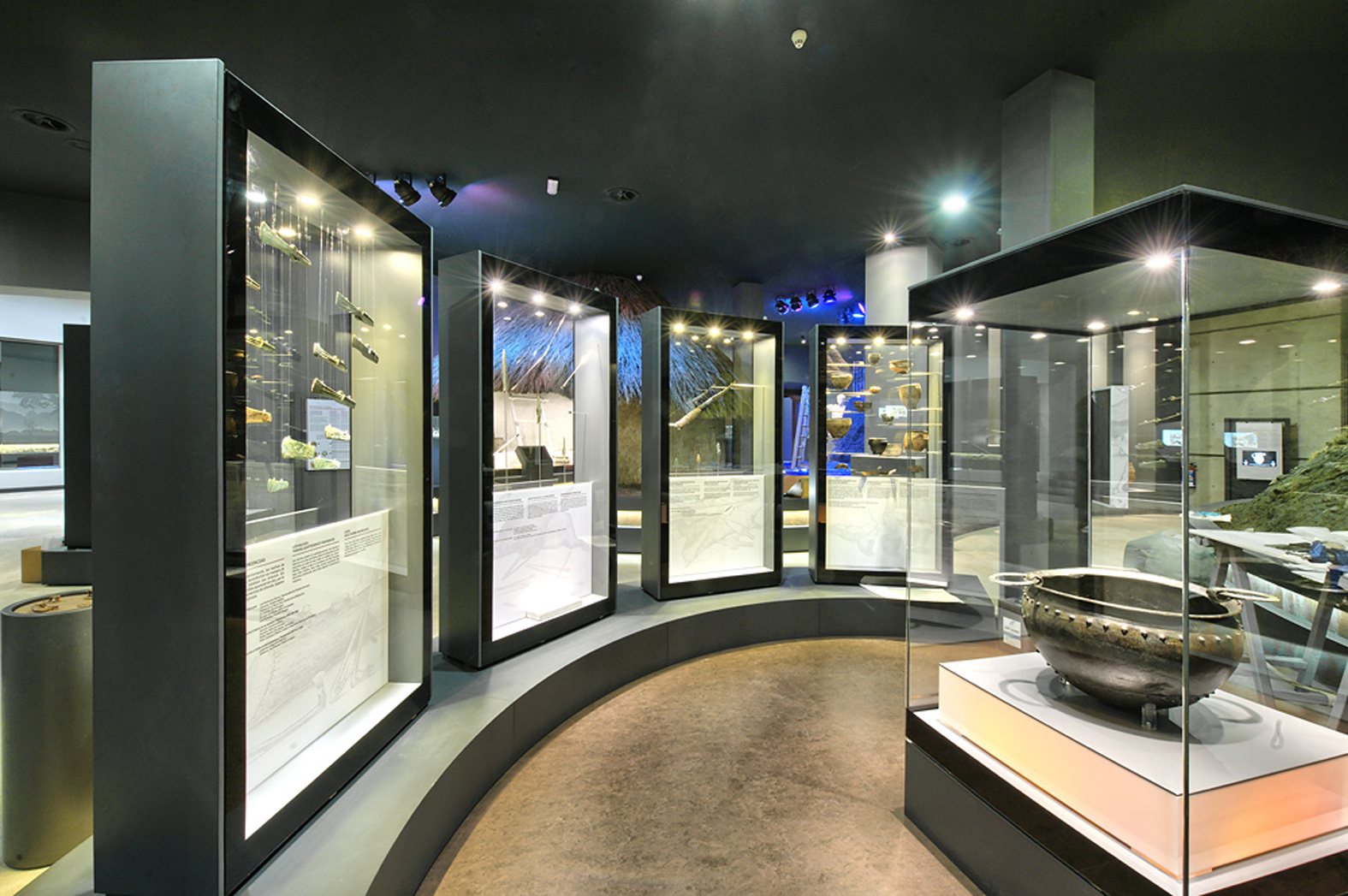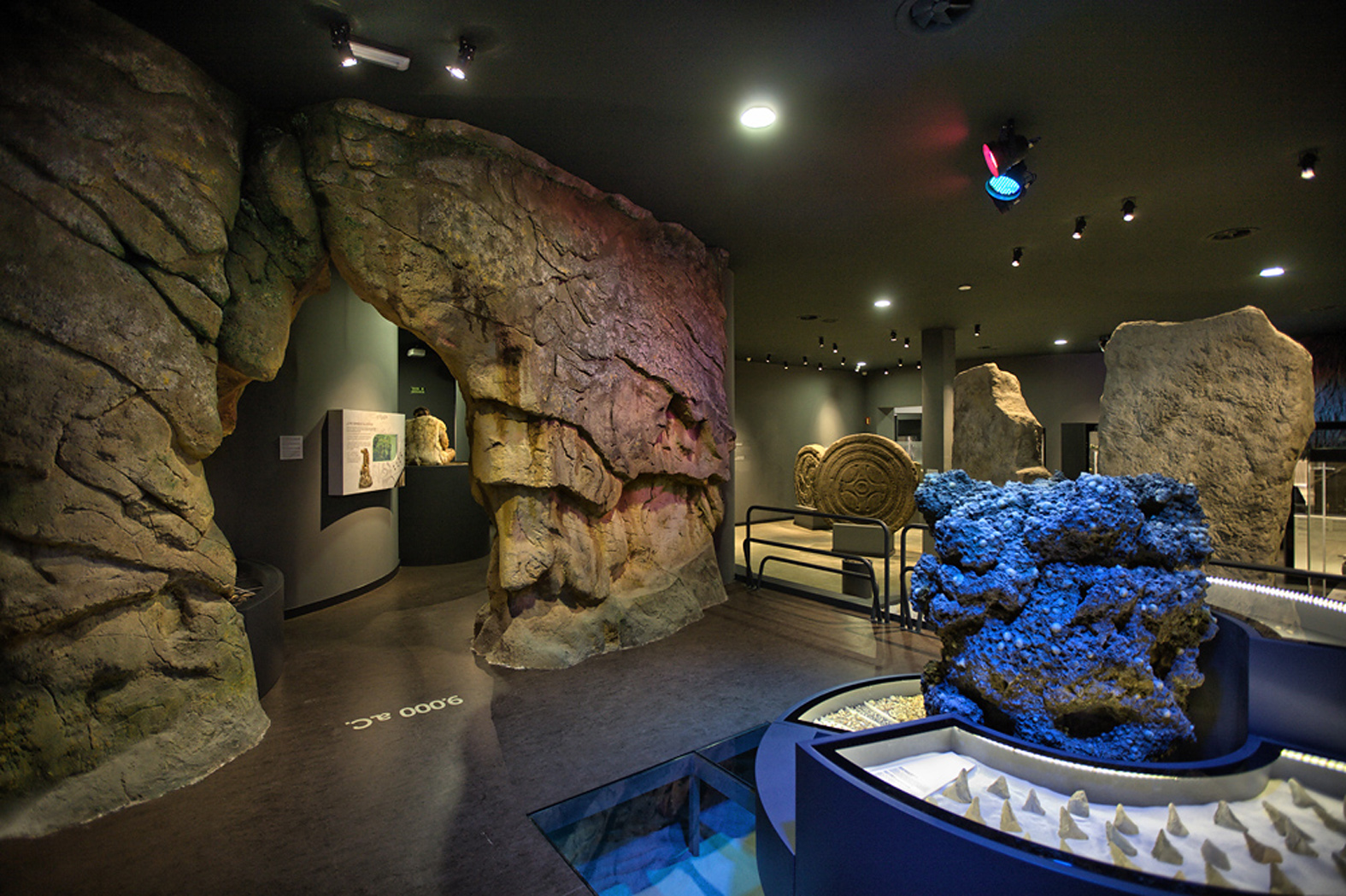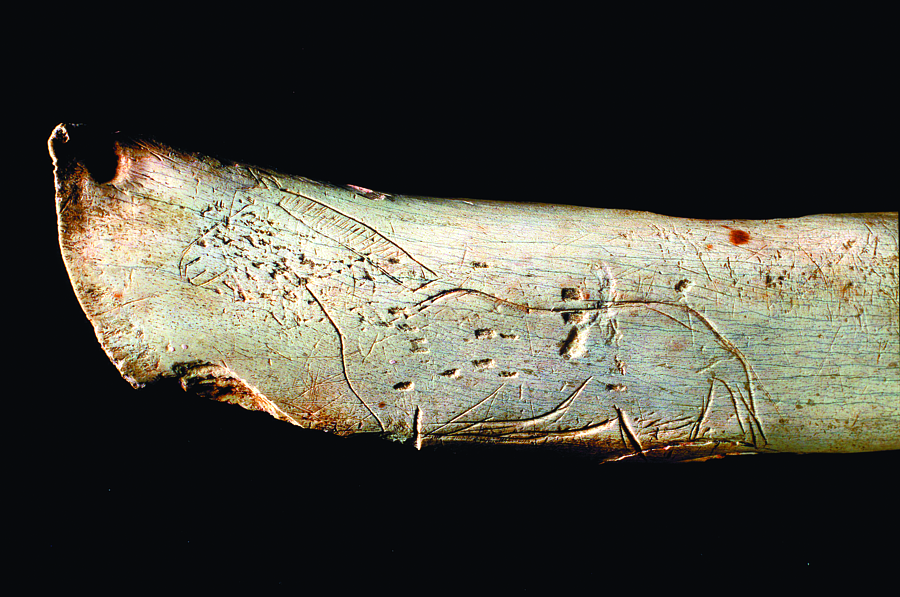Chronologie des représentations rupestres: Prehistory and History of Cantabria
Description générale de la destination: The museum is divided into two parts: Prehistory and History. The first part is given the largest exhibition space. It can be visited from different viewpoints: on one hand, the evolution in stone tools and therefore material culture and technical process can be appreciated, while on the other, a selection of the main collections from caves in the region, and the periods each one represents, can be studied. The greatest importance is given to the Palaeolithic, but other prehistoric periods and ancient History, particularly the Roman Age and the Middle Ages, are also exhibited.
Histoire du site: The Museum was founded in the early twentieth century with the material collected mainly by J. Carballo. It was initially located in Sobrellano Palace in Comillas, and officially opened by King Alfonso XIII in 1926. Its collections have increased each year with the artefacts of all ages recovered by archaeological excavations in Cantabria. However, the specialisation of regional archaeology in Palaeolithic sites has led to this period of Prehistory being represented by a large sample of objects.
Description des ressources du musée: The Museum of Prehistory and Archaeology of Cantabria occupies a modern exhibition space of 2,000 m2 in the Mercado del Este in Santander, located in the centre of the city. The building, built between 1839 and 1842 according to plans by A. Zabaleta, was declared an Asset of Cultural Interest in 1986. In a region with large Palaeolithic cavities, the MUPAC’s permanent exhibition displays in its modern showcases and didactic spaces numerous material remains from sites of great international fame such as La Garma, El Castillo, El Pendo or Altamira, all of which have been declared World Heritage Sites by UNESCO. Stone tools and, above all, movable art, carved in bone and horn, constitute the most exceptional heritage of this museum, a reference among European museums for its quality and abundance. The collections of the Recent Prehistory and the Ancient and Medieval Ages are also remarkable, especially the vestiges of the Iron Age, with its large discoid steles decorated with astral and geometric motifs.



















